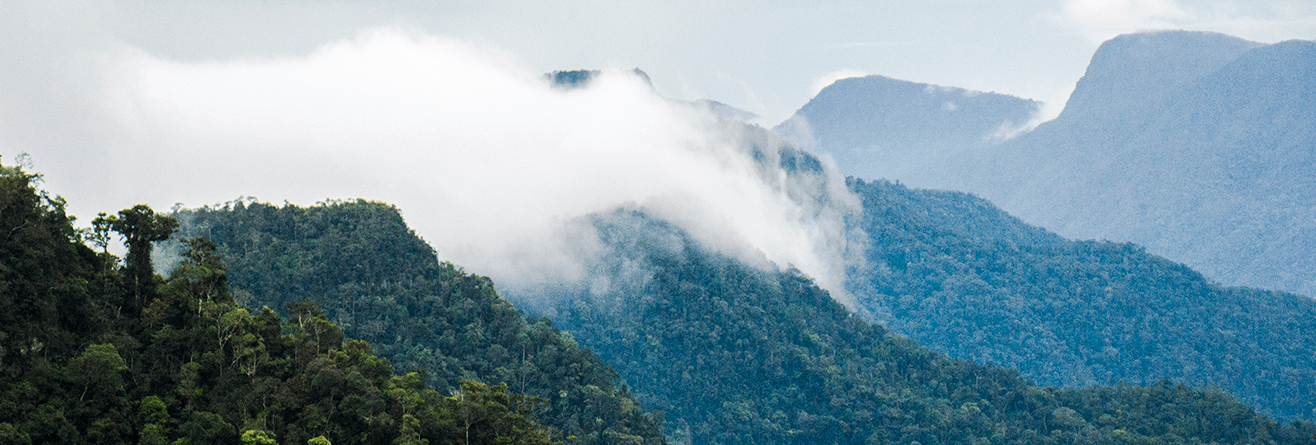Cordillera Azul REDD+ Project
What is it REDD+?
REDD+ or reduction of emissions from deforestation and degradation, and the role of conservation, sustainable management of forests and enhancement of forest carbon stocks in developing countries is an international mechanism to help tropical countries, where most carbon is accumulated, to fight deforestation to mitigate climate change. It started as a voluntary market and in 2015 after the Paris agreement, countries would integrate this measure into its nationally determined contributions (NDC) to fight climate change.
REDD+ stands for efforts to reduce emissions from deforestation and forest degradation, The + (plus) implies that in addition to mitigating climate change, halting deforestation and forest degradation, and supporting sustainable forest management, the project conserves water resources, prevents flooding, control soil-erosion, conserves biodiversity and maintain traditions and cultural diversity.
In 2008, CIMA developed a REDD+ Project to support all efforts to avoid deforestation and forest degradation in Cordillera Azul National Park, and cover all activities to manage the park, focusing in three main goals:
1. Strengthening the protection strategy for the park.
2. Using a participatory model to engage local communities and other stakeholders in the management and financial sustainability of the park.
3. Building local capacity for sustainable land use and improving the quality of life in the buffer zone communities.
Protecting the Park is not an easy task. Thus, CIMA is committed with SERNANP to this challenge.
Population in the buffer zone of the Park has increased more than double in the last 20 years.
On the western side of the Park, the main road in the Peruvian Amazon runs north to south along the Park, facilitating accessibility to the area.
Land trafficking, some other illegal activities and inadequate policies implementation prevent the populations in the buffer zone to improve their quality of life and live in a more sustainable way.
Change in settlements around the Park
Some facts
In Peru, near 50% of emissions contributing to climate change come from deforestation, forest degradation and land – use changes.
The buffer zone around the Park, in San Martín, Huánuco, Ucayali and Loreto, has some of the highest deforestation emissions in Peru – thus, any reduction in the rate of deforestation and forest degradation has the benefit of avoiding a significant source of carbon emissions and reducing other environmental and social problems associated with deforestation.
Existing REDD+ projects, such as Cordillera Azul Project, are known as early initiatives because they started prior to the Paris agreement. They are planned to be integrated into the Peruvian contributions for climate change mitigation through a “nesting” process, which is under construction by the Peruvian Ministry of Environment (MINAM).
Source: CIMA
Compliance with high international standards
Verified Carbon Standard (VCS) for certifying carbon emissions reductions.
Climate, Community and Biodiversity Standard (CCB) to simultaneously address climate change, support local communities and smallholders, and conserve biodiversity.
REDD+ Cordillera Azul National Park in numbers
Emissions avoided: 25´240,372 t CO2e from 2009 to 2018
*Under the VCS Program, projects are issued unique carbon credits known as Verified Carbon Units or VCUs. Each VCU represents a reduction or removal of one tonne of carbon dioxide equivalent (CO2e) achieved by a project.
It is the equivalent to more than 5 million passenger vehicles driven for one year!
Achievements
- 13,500 square kilometers of Park protected with ~ 0 deforestation
- 39 High Conservation Value Species protected
- 15 watersheds and +305 micro-watersheds protected
- 35 quality of life plans
- Activities performed in 115 communities, including 9 indigenous communities
- 28 sustainable enterprises supported
- 688 jobs supported, 39% held by women
- 220 cocoa producers supported by the use of post-harvest practices in mills
- 3,345 ha of landscape ecological restoration in 4 different landscapes
Thanks to the funding from the sale of REDD credits, activities to reduce deforestation have been largely successful, and today Cordillera Azul National Park is one of the two Peruvian protected areas included in the IUCN Green List - the first global standard of best practice for area-based conservation, in recognition of the high quality and successful management.
SGDs - Sustainable Development Goals
The project contributes to achieving several of the Sustainable Development Goals (SDG) set for 2030.
Working with the communities
Conservation of the biodiversity

 Spanish
Spanish English
English











